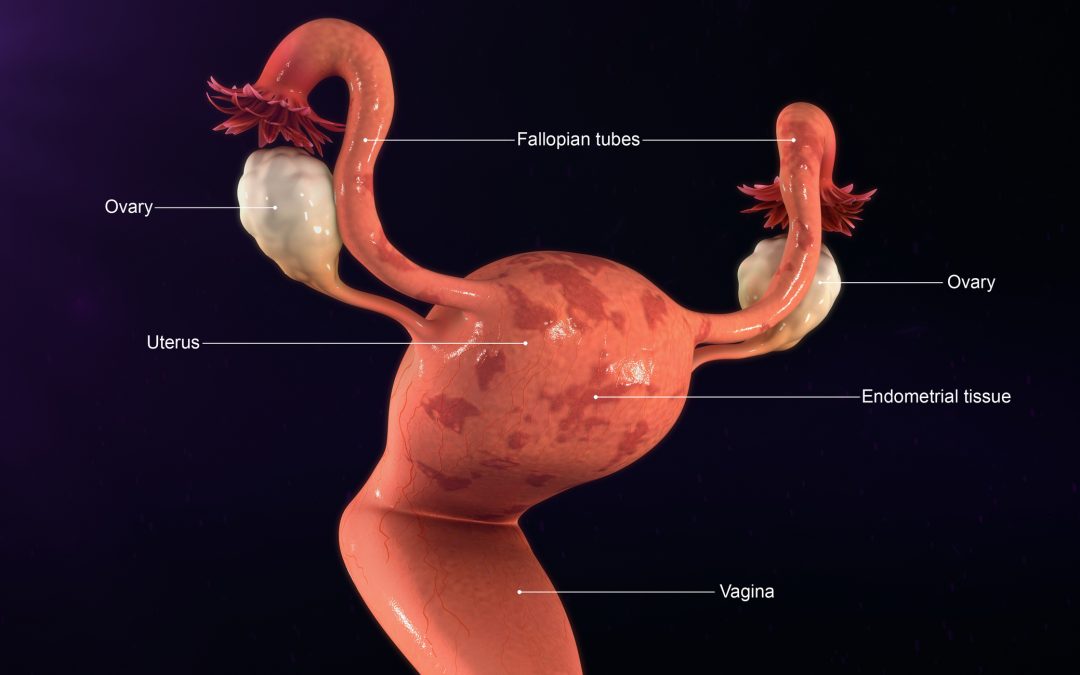What are the treatment options for women with fibroids? With the next few posts, I’ll review each one.
Hysterectomy is still the most common treatment for uterine fibroids. The uterus can be removed via the abdomen with a “bikini cut”, via the vagina or by way of a laparoscopic procedure. A laparoscopic procedure involves placing narrow instruments through small incisions; the uterus is cut into small pieces and removed with a special device. The benefit of a hysterectomy is that it is final. The fibroids will be gone and so will your monthly periods. And, you will never have to worry about getting pregnant.
Here are two very important things to keep in mind when discussing a hysterectomy with your doctor.
If there is no history abnormal pap smears (or recent HPV) or uterine cancer (or pre-cancer), you and your doctor may decide to leave the cervix (the most lower part of the uterus). The benefit is a shorter procedure and on average, a shorter hospital stay. There is no difference in the complication rate with either a Total Abdominal Hysterectomy (take the entire uterus) or a Supra cervical Hysterectomy (take just the top part of the uterus). Of course, when you leave the cervix behind, it can be a source of gynecological problems later which would then require another surgery. Also, as long as you have a cervix, you will need pap smears routinely. Some doctors rely on older studies which suggest that there is a benefit to sexual and urinary function when the cervix is left in; but, more recent, larger studies have shown that there is no difference in sexual desire, sexual satisfaction or number of orgasms between those women who have had their cervix removed and those who have not. Getting rid of the pain, bleeding and the soiled clothes and bed sheets despite the super plus tampons will do wonders for your libido. Sex is so much better when it doesn’t hurt and when you no longer worry that you’ll starting bleeding in the middle of the session.
Having a hysterectomy does not automatically mean that the ovaries will be removed. Many women do not know this and they avoid surgery simply because they are afraid of becoming menopausal and “drying up”. If the ovaries are normal, most doctors will not remove them, especially in young women, under the age of 50. The ovaries produce estrogen which is important for sexual function and preservation of strong bones. Estrogen also provides a great deal of protection against heart disease. Even removing one ovary can reduce this protective effect for your heart in the future. Removing the ovaries does reduce your risk of breast and ovarian cancer however, cardiovascular disease accounts for almost half of all deaths in women in America, far more than all cancers combined. Many women are terrified of getting ovarian cancer but most do not give due consideration to their heart health.
If you are already menopausal, meaning that the ovaries no longer produce an effective amount of hormones, most doctors will remove them along with the uterus.
Obviously, if you are of child bearing age and if there is any chance that you may want to have a baby, a hysterectomy would not be appropriate. Myomectomy is the topic of my next writing.
There you have it, now spread the word!


Hi Dr. Nevins,
Thanks for sharing your knowledge on this topic. I really appreciate your candid and ‘matter of fact’ explanations. It allowed me to gain a better understanding of the topic at hand. I look forward to your next write up.